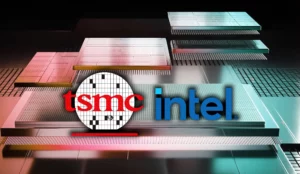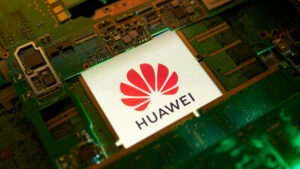Introduction:
The global tech landscape has witnessed significant upheaval in recent years, primarily driven by the ongoing trade tensions between the United States and China. Huawei, the Chinese tech giant, has been one of the central players affected by these geopolitical conflicts.
Despite the U.S. sanctions that have hampered its smartphone business, Huawei has managed to make a powerful statement with its Kirin 9000S system-on-a-chip (SoC), marking a pivotal moment in its journey toward self-reliance in semiconductor technology.
In this blog post, we will delve into the implications of Huawei’s Kirin 9000S on Qualcomm, the leading American semiconductor manufacturer, and the broader smartphone industry.
We’ll also explore the potential ramifications of Huawei’s shift to Kirin chipsets and the challenges Qualcomm faces in maintaining its market position.
Read more: Why iPhone 15 is a bad purchase?
Huawei’s Kirin 9000S and Its Significance:
The Kirin 9000S represents a remarkable achievement for Huawei, as it is the company’s first custom SoC developed after a brief hiatus due to U.S. sanctions.
This chipset powers the newly released Mate 60 Pro 5G smartphone and signifies Huawei’s determination to reduce its reliance on external chip suppliers, including Qualcomm.
While the Kirin 9000S may not outperform some of Qualcomm’s offerings in terms of performance and efficiency, its existence signals Huawei’s intent to become more self-sufficient in semiconductor technology.
This move has the potential to disrupt Qualcomm’s position as a dominant player in the smartphone SoC market.
Read more: Huawei Timing Is No Coincidence: Chinese Shot Across the Bow
Impact on Qualcomm’s Finances by Huawei :
Despite the trade sanctions imposed on Huawei, the company has been a significant customer for Qualcomm, purchasing between 23-25 million Qualcomm chipsets in 2022 and 40-42 million in 2023.
However, if Huawei fully adopts Kirin chipsets in 2024, as suggested by analyst Ming-Chi Kuo, Qualcomm could face a substantial decline in chipset sales.
Assuming each shipment corresponds to a Snapdragon 8 Gen 3 chipset with a cost of $180 per SoC, Qualcomm may face a potential revenue loss of $10.8 billion in the following year.
To counteract this decline, Kuo predicts that Qualcomm may initiate a price war starting in Q4 2023 to maintain its market share, but this strategy could come at the expense of its annual profits.
Read more: How Apple and Qualcomm Went to $1 Billion War Over the Future of the Smartphone
iPhone sales could reduce by 38% by Huawei
The introduction of Huawei’s Mate 60 Pro has raised concerns that it could significantly impact iPhone sales in China, potentially reducing them by up to 38%, according to analysts.
Experts are urging the U.S. to closely examine the chip used in the Mate 60 Pro for any signs of violations of U.S. restrictions, as this could undermine efforts to prevent China from acquiring cutting-edge technologies. Lin Tsung-nan, an electrical engineering professor, warns that if the U.S. doesn’t take action in the face of such violations, it may embolden
Huawei and other suppliers to circumvent restrictions, weakening U.S. sanctions. The semiconductor industry’s strategic importance on a global scale has become evident, and countries are working to enhance their own capabilities amid geopolitical tensions, as noted by Ajit Manocha, CEO of industry group SEMI.
This highlights the critical role of technology in national interests and global competition.
Read more: How Much Will the iPhone Price Hike as US-China Tensions Escalate?
Challenges on the Horizon:
In addition to the immediate threat posed by Huawei’s Kirin chips, Qualcomm faces other challenges on the horizon. Samsung’s Exynos 2400, anticipated to be featured in some markets where the Galaxy S24 lineup will be sold, poses competition to Qualcomm’s market dominance.
Furthermore, the impending introduction of Apple’s 5G modem in 2025 may result in a decline in Qualcomm’s baseband chip sales, adding to its challenges.
Conclusion:
Huawei’s Kirin 9000S marks a pivotal moment in the smartphone semiconductor industry, highlighting the Chinese tech giant’s determination to reduce reliance on external suppliers like Qualcomm.
While Huawei’s shift to Kirin chipsets poses a significant threat to Qualcomm’s revenue and market position, Qualcomm faces an uphill battle with increasing competition and potential shifts in the industry landscape.
The future of smartphone SoCs remains uncertain, and Qualcomm, as a leading player, will need to make strategic decisions to navigate these challenges successfully.
The outcome of this competition will not only impact the balance of power in the semiconductor industry but also shape the technology landscape for years to come.








